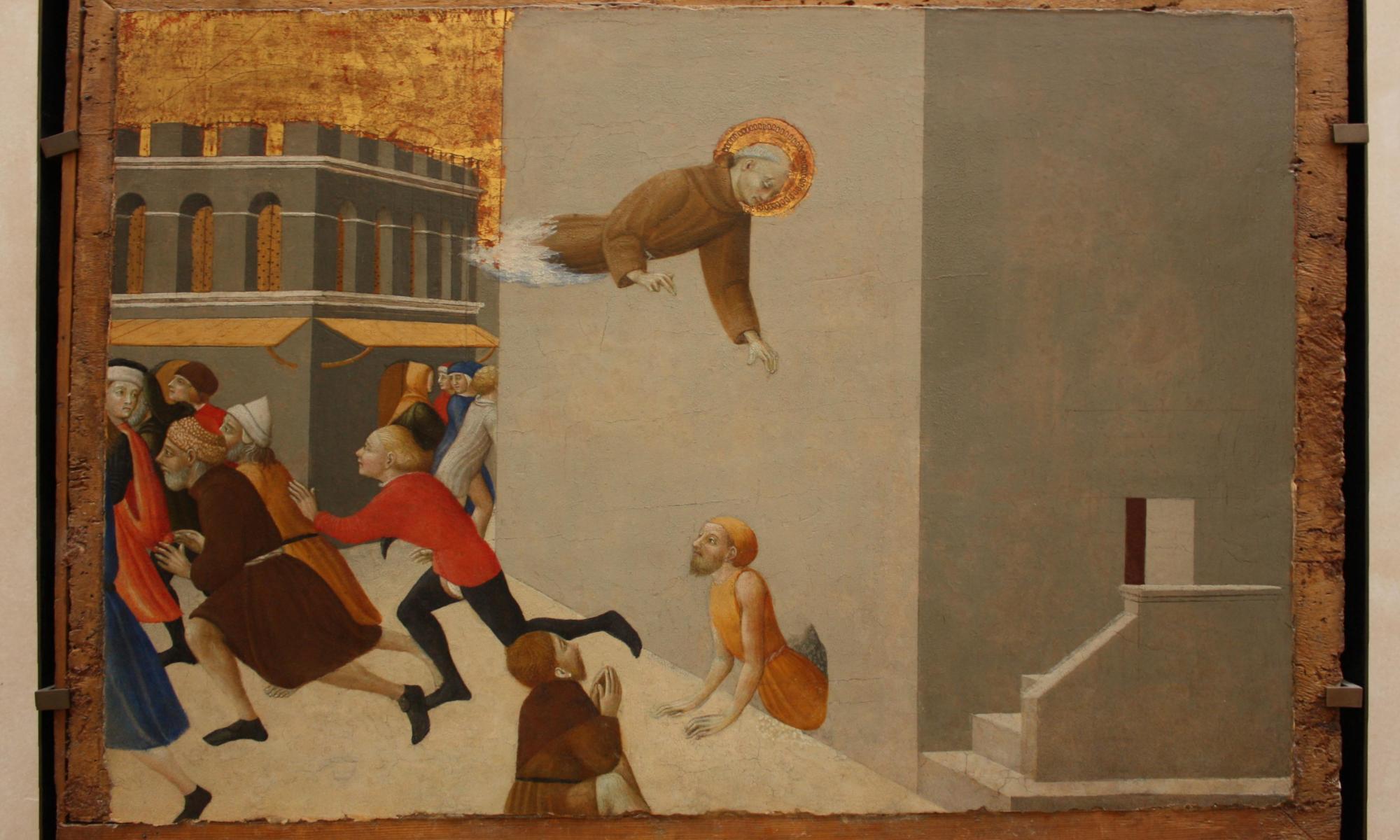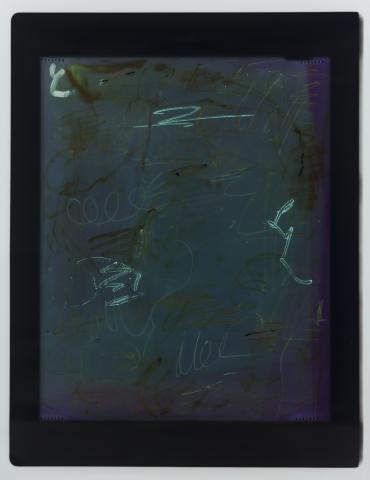The Myth of the Miracle Maker
Art has long been a cradle for the miracle. Of course, this is not by accident but by careful design. There is an inherent value in the miracle and the implied circumstances of its existence—or put simply, in the fact that for there to be a miracle there must also be a miracle-maker. From Albrecht Dürer to Paul Gauguin to Damien Hirst to Marina Abramović, a line can be drawn through Western art history, tracking the attempts of the mere mortal to self-style as the divine. Why? Because the artist has a vested interest in not only creating miracles, but also in the optics of this creation. Through the theatre of art-making, the artist has long been able to transform into a magician of sorts—one who purports to conjure great visions and leave us with their earthly manifestations. It is therefore unsurprising that the idea of the artist was, and in some cases continues to be, tethered to the fantasy of transcendental creation. For although the contemporary manifestations of this phenomenon may assume a less conspicuous guise, at its core, the topos remains largely unchanged.
Image: Stefano di Giovanni, The blessed Ranieri frees the poors from a Florentine jail, 1437—1444. Tempera and gold on poplar wood, 43x63cm



